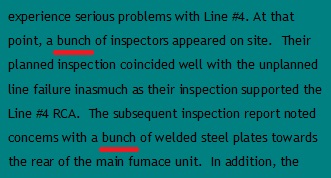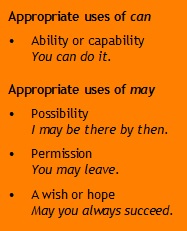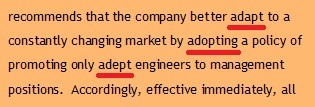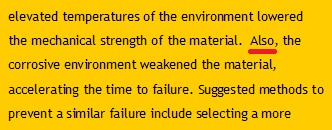
In addition to sharing the same pronunciation, tenant and tenet are both nouns. However, their meanings differ greatly. A tenant is someone who occupies a property which belongs to someone else. However, a tenet is a central principle or belief.
Consider the example sentence in the cropped sentence above. Clearly the writer intended to use a different word. But not knowing (or not remembering) the difference between spoken English and written English, the writer selected the wrong spelling. It’s an easy enough mistake; both words sound the same. But they don’t mean the same, so let’s make a revision:











 RSS Feed
RSS Feed